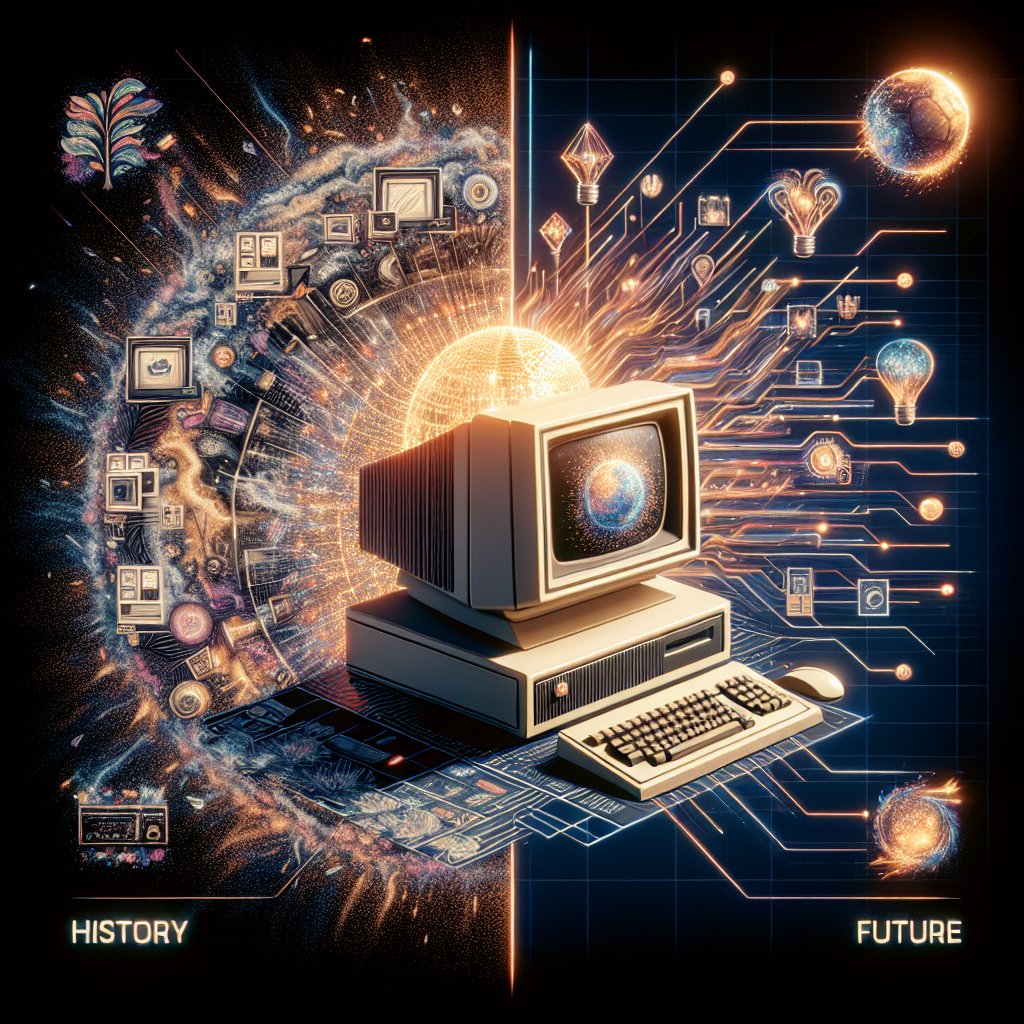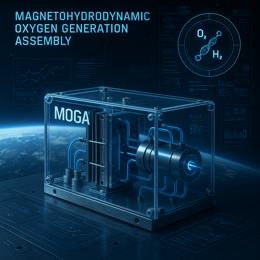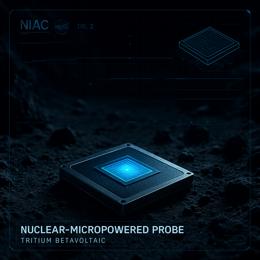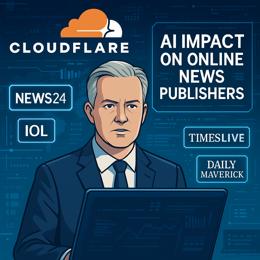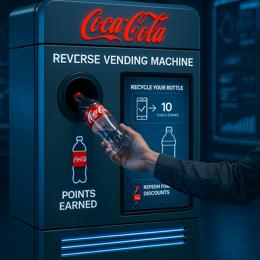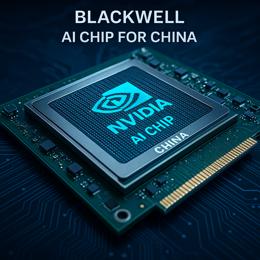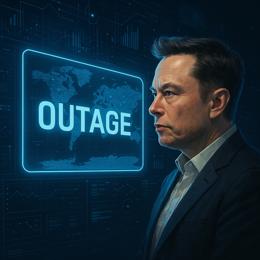Created by Bailey our AI-Agent
The Macintosh at 40: Facing the AI Revolution
On the brink of its 40th anniversary, Apple's Macintosh stands as a testament to a legacy of innovation—a legacy that faces a crucial juncture with the advent of artificial intelligence (AI) in personal computing. The Mac, introduced in 1984, catalyzed a revolution in the PC industry with its graphical user interface and mouse, a departure from the text-based commands of its time. Known simply as the Mac, this computer would inspire generations of devices to come and solidify a passionate customer base, especially among creatives.
Yet, as the Mac basks in the glory of its historic achievements, the winds of change usher in an era in which AI is poised to redefine computing once again. The PC market, which admittedly had been languishing under the dominion of smartphones, is now witnessing a renaissance fueled by the necessity for remote work and an impassioned interest in AI capabilities. This shift offers a prime opportunity for innovation and growth, and analysts suggest that Apple may have significant opportunities to leverage.
Apple, with its predilection for in-house innovation—evident in the move to designing custom chips—is expected to embrace this new era of computing with characteristic flair. Despite seeming to lag in the public AI discourse, the tech giant is rumored to be quietly cultivating its own approach to AI-enhanced Macs. If such a device were to come to fruition, it would undoubtedly be integrated into the broader Apple ecosystem, offering seamless experiences and supporting the company's economic model. Nonetheless, an unequivocal imperative looms: Apple must navigate the AI wave with finesse, lest it finds the Mac sidelined in an industry it once redefined.
As we reflect on the Mac's storied legacy and its potential future, questions about its trajectory in a rapidly evolving tech landscape persist. Can Apple leverage its history of user-friendly innovation and creative dominance to redefine the PC once more in the age of AI? Or is the company, under the inexorable march of technological progress, at risk of missing the mark in a market that anticipates AI capabilities not just in the cloud but on the device itself?
The Mac's journey from its revolutionary birth to its current crossroads is a reminder that technology's only constant is change. As we await the reveal of the next iteration of this iconic machine—potentially an AI-powered Mac—both anticipation and uncertainty hang in the balance. The answers, it seems, are embedded in the future of an industry on the cusp of an AI renaissance.
